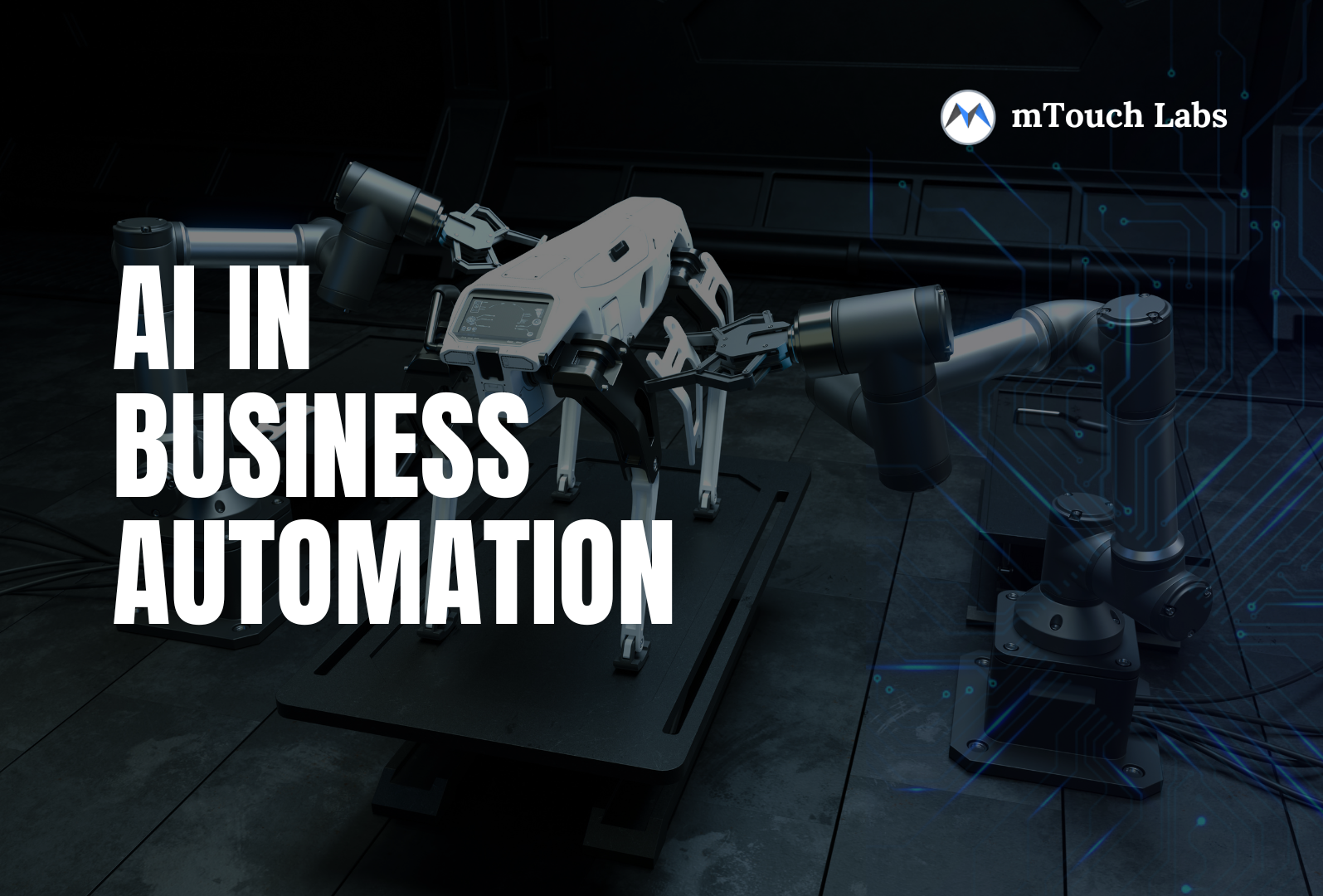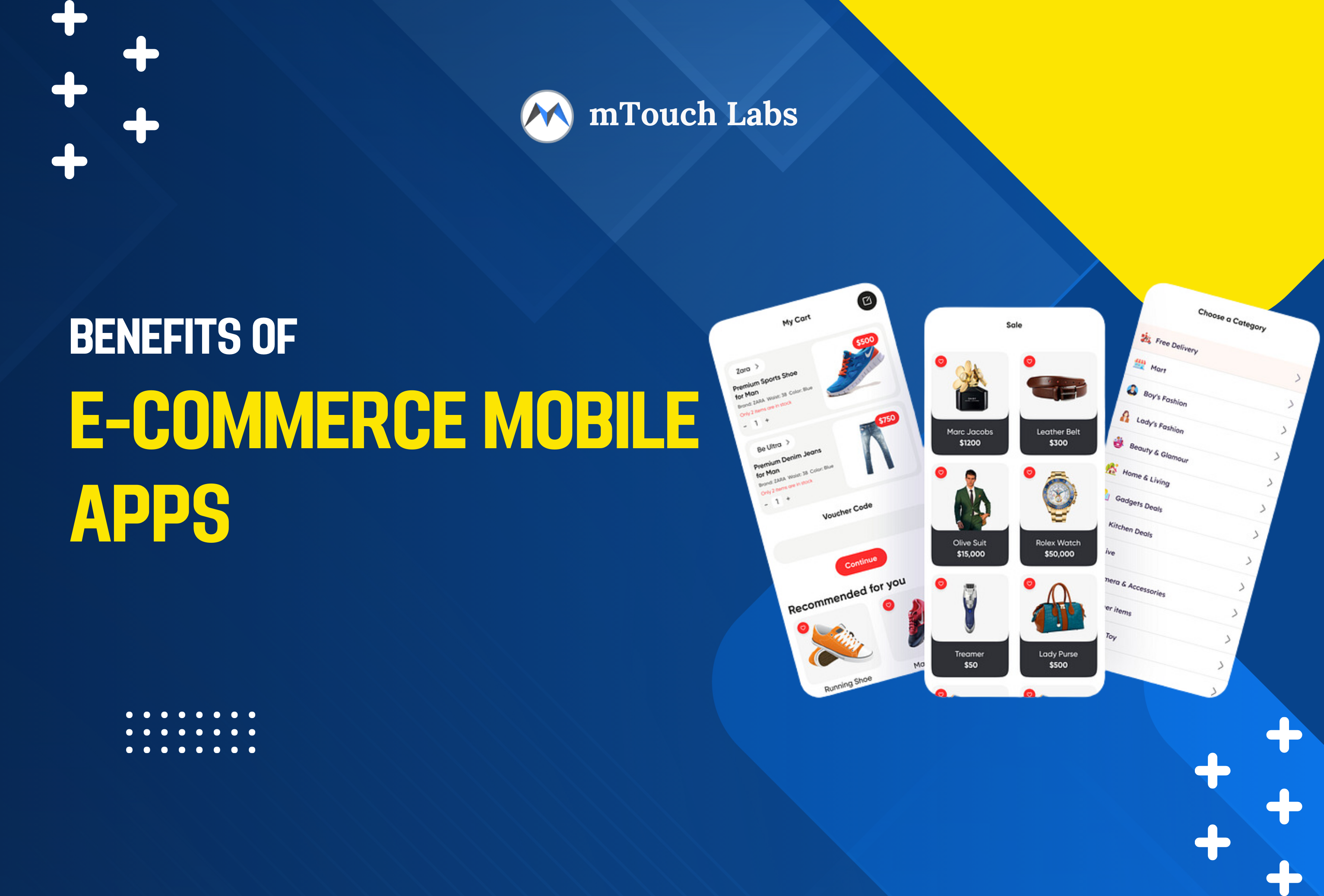Why Every Modern Business is Using SaaS to Automate — And How You Can Too!
The SaaS Revolution in Business
In today's fast-paced digital landscape, Software as a Service (SaaS) is not just a tech buzzword it's the engine powering modern businesses. From streamlining operations to reducing costs, SaaS automation tools are transforming how startups, SMEs, and even large enterprises function. If you're still relying on spreadsheets, manual tasks, or on-premise software, you're missing out on a massive opportunity.
What is SaaS Automation?
SaaS automation refers to using cloud-based software platforms to automate routine, repetitive, or complex business processes. Instead of hiring more staff or investing in heavy infrastructure, companies can automate workflows using tools available via the internet paying only for what they use.
- Automating marketing emails
- Managing customer support tickets
- Automating inventory updates
- Processing invoices and payroll
Why SaaS is Becoming a Business Standard
- Accessibility: Cloud-based tools can be used anytime, anywhere.
- Scalability: Add or remove features as your business grows.
- Affordability: No upfront hardware or software installation cost.
- Security: Most SaaS vendors provide enterprise-grade security.
Top Benefits of SaaS Automation for Businesses
- Time-Saving: Automate repetitive tasks like lead follow-ups, billing, and scheduling.
- Improved Accuracy: Reduce manual errors in data entry or reporting.
- Enhanced Customer Experience: Use AI-powered chatbots and CRMs for instant support.
- Data-Driven Decisions: Real-time analytics and reporting.
- Team Collaboration: Centralized access to documents and project tools.
Real-World Use Cases Across Industries
Here's how different sectors benefit from SaaS automation:
- E-commerce: Platforms like mCartify automate product listings, order management, and customer emails.
- Healthcare: Appointment scheduling, digital prescriptions, and patient records are automated.
- Real Estate: CRM tools help track leads, automate responses, and manage client databases.
- Marketing Agencies: Use tools like Mailchimp, Zapier, or HubSpot for lead nurturing and campaign automation.
How to Choose the Right SaaS Tools for Your Business
When selecting SaaS automation tools, consider:
- Business Size & Needs: Start with what solves your biggest pain points.
- Integration: Ensure the tool integrates with your existing systems.
- Ease of Use: Look for intuitive UI and good user support.
- Pricing: Choose scalable, transparent pricing plans.
- Security: Check for compliance with standards like GDPR or ISO.
Popular tools include:
- Slack (communication)
- Trello or Asana (task management)
- QuickBooks (accounting)
- Salesforce (CRM)
- Zapier (automation bridge)
Getting Started: A Simple Framework for SaaS Adoption
- Step 1: Identify manual tasks that drain time
- Step 2: Choose a reliable SaaS tool for each function
- Step 3: Test with one team or department
- Step 4: Train your employees
- Step 5: Scale company-wide with data tracking
The key is to start small and scale fast — don't wait for perfection.
Pitfalls to Avoid During Automation
- Over-Automating: Not every process needs automation.
- Ignoring Training: Teams need onboarding to maximize ROI.
- Neglecting Security: Vet SaaS vendors thoroughly.
- No Strategy: Automating without a plan can lead to chaos.
Automation should enhance, not replace, your team's decision-making.
Future Trends in SaaS and Automation
- AI-Powered Automation: From chatbots to predictive analytics
- No-Code/Low-Code Tools: Like mCartify, empowering non-tech users to automate
- Hyper-Personalization: Tailoring user experiences with data insights
- Integrated Ecosystems: Unified platforms for marketing, sales, finance, and support
Staying updated with these trends gives you a competitive edge in 2025 and beyond.
Final Thoughts: Take the Leap Toward Automation
SaaS automation is no longer optional — it's a strategic necessity for survival and growth. Whether you run a retail brand, manage a startup, or offer B2B services, embracing SaaS will streamline your operations, improve customer satisfaction, and help you scale smarter.
Ready to automate your business the smart way? Start by identifying one process and choose a SaaS tool that fits your needs. Your journey to digital efficiency starts now.
Frequently Asked Questions
Find answers to common questions about SaaS automation for businesses.
SaaS automation uses cloud-based software platforms to automate routine, repetitive, or complex business processes. It's important because it saves time, reduces costs, improves accuracy, and allows businesses to scale efficiently without heavy infrastructure investments.
Small businesses benefit from SaaS automation through affordable, scalable solutions that don't require upfront infrastructure costs. They can automate marketing, customer support, accounting, and project management, allowing them to compete with larger companies while maintaining lean operations.
Key considerations include business size and needs, integration capabilities with existing systems, ease of use, transparent pricing plans, security and compliance standards, scalability, and quality of customer support. Start with tools that solve your biggest pain points first.
Ready to Automate Your Business?
Let's help you implement powerful SaaS solutions that streamline operations and drive growth.
Get Started

